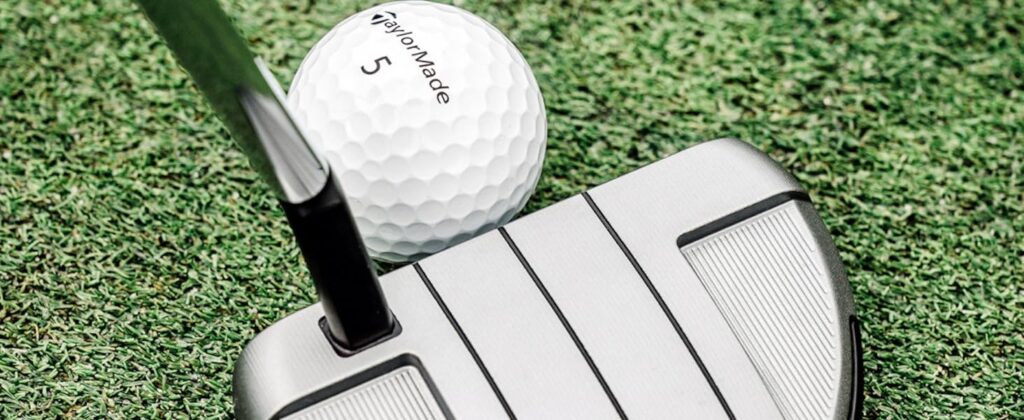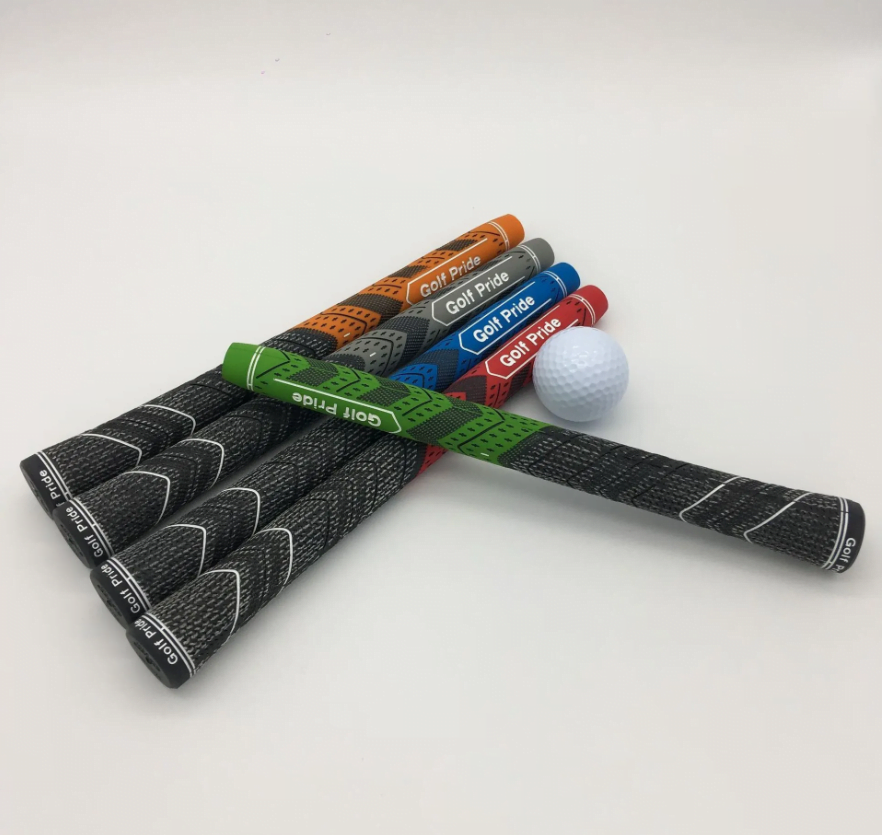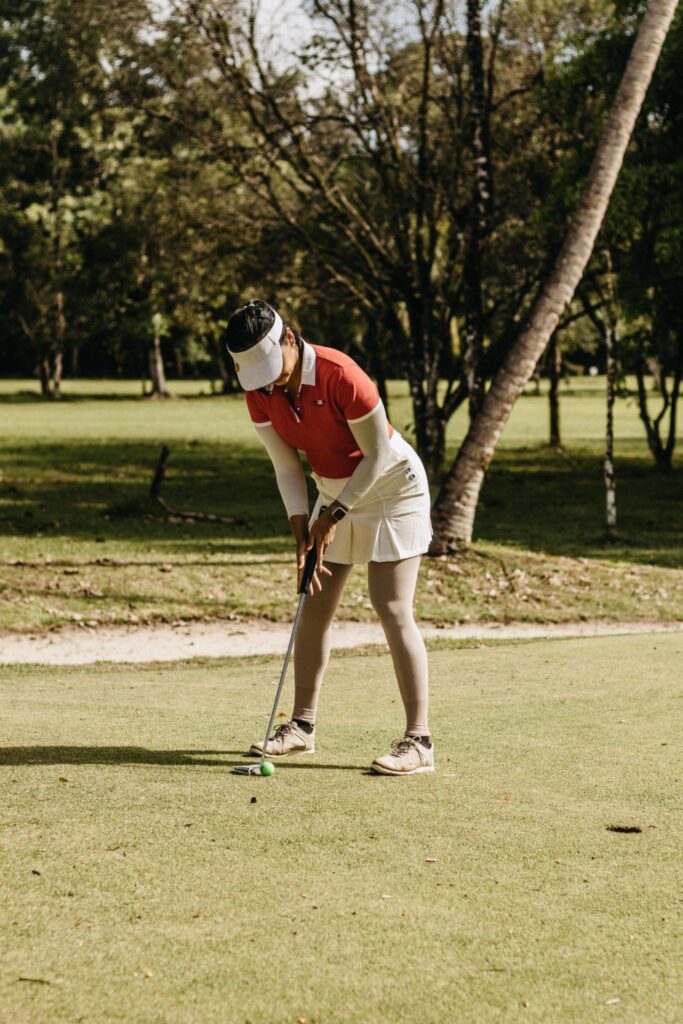Are you tired of missing those crucial putts on the golf course? Do you find yourself getting frustrated and losing confidence every time you step onto the green? Well, fret no more, because in this blog post, we will dive deep into the art of putting and share some valuable tips and techniques to help you putt better in golf.
Many golfers think that putting is one of the most important parts of the game. It can make or break your round, and sometimes even the best golfers have trouble with it. Don’t worry, though. We’re about to tell you some tips that will help you improve your putting and get you one step closer to being a greens master.
Imagine how great it would feel to sink those tricky putts so easily that your fellow players are amazed at your accuracy and skill. We will talk about everything, from grip to balance, tracking the ball to reading the green.
This complete guide will teach you everything you need to know to improve your putting, whether you’re a new golfer interested in getting better or an experienced golfer looking to get better. Get ready to reach your full putting potential as we reveal the keys to a more sure and accurate stroke.
By the end of this blog post, you’ll know everything you need to know to master the greens, make more putts, and lower your scores. Get ready to change the way you play so that your opponents will be green with envy. Let’s jump right in!

Understanding the Fundamentals of Putting
The ability to putt is an important part of golf, and learning the basics is the best way to get better at it.
First, let’s talk about the right grip for better putting: How to Get the Right Grip to Improve Your Putting. For a steady and controlled stroke, you must have the right grip. Put your left hand on the club (if you’re a right-handed player) and point your thumb down the shaft. Your right hand should then be put below your left hand, with both thumbs pointing towards each other.

This grip makes it easier to handle and feel the putter head as you hit the ball. It also helps keep your hands stable, which keeps them from moving around too much and causing you to make bad putts.
Mastering Alignment and stance: To make accurate putts, you need to make sure your alignment and stance are correct. Make sure that your feet, hips, and shoulders are all straight ahead of the goal line when you get ready to putt. This balance will help you aim better, which will increase your chances of making more putts.
It’s also important to keep a relaxed but athletic stance. To make a stable base, bend slightly at the waist and bend your knees. Make sure your weight is evenly distributed on both feet and don’t tense up your body too much.
How to Get a Smooth and Controlled Stroke: For reliable putting, you need a stroke that is both smooth and controlled. During the stroke, try to keep your wrists still and move the putter back and through with your shoulders and arms.
To do this, practice moving the putter back and forth like a pendulum. Think of it as moving the movement of a grandfather clock back and forth. This motion helps keep a steady beat and gets rid of jerky movements that can make it harder to be accurate.
Developing Distance Control to Putt Better in Golf
Controlling your distance is another important part of putting that can have a big effect on how well you do overall on the greens. Let’s look at some ways to help you get better at controlling your space.

Understanding the Speed of Greens: The speed of the greens can change from course to course and even from hole to hole. It is very important to check how fast the greens are before your round. Spend some time on the practice green and hit putts from different lengths to learn how far the ball goes.
Practicing Different Length Putts: To get better at controlling your distance, practice putting from different lengths. Set up targets on the practice green at different lengths and work on getting the ball close to those targets all the time. This drill will help you get a better idea of how hard or soft you need to hit the ball for different putt lengths.
Utilizing Visualization Techniques for Better Distance Control: Visualization is a strong tool that can help you control your distance better. Before you make each putt, picture the ball rolling along the line you want it to go and stopping close to the hole. This mental picture helps your body and mind get ready for success, which makes it easier to judge distance correctly.
Reading the Green Effectively
To make correct putts, you need to be able to read greens well. Let’s look at some tips that will help you read green books better.
Analyzing Slope and Break: When you read greens, pay attention to any breaks or dips in the ground. Small bumps like these can have a big effect on whether your putt goes toward or away from the hole.
Write down any parts of your line that go up or down, and then change your aim to match. Also, look at any hills you can see around the hole. These may change how much break you need to play.
Identifying Grain and Its Influence: Grain is the way that grass blades grow on a green. In the end, it can change how much a putt breaks or rolls out.
Look for darker or glossier patches of grass on the green’s surface to figure out the way of the grain. Putts that are hit against the grain fail more often and take longer to make.
Using Aim Point Express for Accurate Reads: Professional golfers use Aim Point Express, which is a common way to read the green. You use your feet to feel the slope of the green and figure out how much break there is.
Learning how to read greens more correctly and getting a better sense of how much a putt will break by using Aim Point Express is possible.
Common Putting Mistakes to Avoid
Now that we’ve talked about the basics and techniques for better putting, let’s look at some mistakes players often make on the greens and how to avoid them.
Avoiding Tension and Nervousness: Stress and nervousness can make it harder for you to putt. It can be hard to make a smooth, controlled stroke when you’re tense or worried.
To get over this, calm your mind and body down by taking deep breaths before each putt. Remind yourself to keep calm and believe in your skills. As you practice, you’ll get better at putting because you’ll be able to handle pressure better.
Overcoming the Yips: The yips are jerks or twitches in your muscles that you can’t stop. They can make it hard to putt. They happen a lot because people are worried or afraid of missing short putts.
If you have trouble with the yips, try not thinking about making the putt during your stroke but instead focused on a certain spot on the ball. This method can help you take your mind off of anxious or negative thoughts.
Managing Putting Anxiety: Golfers of all kinds often feel anxious when they have to putt. You might not do well on the greens if you’re afraid of missing an important putt.
Make a routine before each putt that helps you relax and concentrate. This will help you deal with putting nervousness. As part of this routine, you might do deep breathing exercises, picture yourself making good putts, or say happy affirmations over and over.
Advanced Putting Techniques
Once you understand the basics and know how to avoid making common mistakes, it’s time to look into more advanced putting methods that can really improve your game.
Developing a Pre-shot Routine: A pre-shot routine is a sequence of actions and thoughts that you go through before each putt. It helps you prepare mentally and physically, ensuring that you’re in the right state to make a confident stroke.
Design a pre-shot routine that works for you, incorporating elements such as visualizing the putt, taking practice strokes, or aligning your body to the target line. Consistently following this routine will help improve your focus and consistency on the greens.
Using Putting Aids and Technology: Putting aids and technology can provide valuable feedback and insights into your putting stroke. Consider using training aids such as alignment sticks, putting mirrors, or stroke trainers to refine your technique.
Additionally, some golf apps or devices offer data on metrics like stroke tempo, face angle at impact, or ball speed. Analyzing this information can help identify areas for improvement in your putting game.
Employing Different Putting Styles and Grips: There are various putting styles and grips used by professional golfers. Experiment with different techniques to find what works best for you.
The traditional pendulum stroke, the claw grip, and the cross-handed grip are all common ways to putt. Find a style that makes you feel good and gives you the courage to make smooth strokes.
Practicing Efficiently for Improved Putting Skills
If you want to get better at putting, you need to practice quickly. Let’s talk about some ways to get the most out of your practice time.
Integrating Games and Drills into Your Practice: Using games and drills in your practice can make them more interesting and useful. To make the practice green feel more like the real course, set up goals or make up holes with tees.
For instance, play “Around the World” games where you have to sink putts from all over the world around a hole before going on to the next one. These drills not only help you get better at hitting the ball, but they also make practicing fun.
Seeking Professional Putting guidance: If you really want to get better at putting, you might want to think about getting professional guidance. A golf teacher can give you personalized advice and help you figure out what parts of your swing you need to work on.
They can also suggest drills and workouts that are specifically designed to help you improve faster and do better on the greens.
Building Mental Strength and Focus: Focus and mental strength are needed to putt. You can miss putts even if your stroke is perfect, but you need to be mentally strong to do it.
To make your mind stronger, do awareness exercises like meditation or visualizing. By doing these things, you train your mind to stay present and focused during each putt, which makes it easier to handle stress.
Taking Your New Putting Skills to the Course
It’s time to take your putting skills from the practice green to the course now that you have a strong base. Let’s look at some ways you can lower your scores during rounds as your putting gets better.
Getting Ready Physically and Mentally for a Round: Before you go play golf, take some time to get ready physically and mentally. Do exercises to warm up that will loosen up your muscles and get your body ready to move.
Imagine yourself making good putts on the course in your mind. Picture yourself rolling the ball into the hole with confidence from different distances. Imagining good things will help you feel more confident when you have to make putts during the round.
How to Stay Calm and Confident Under Pressure: Staying calm and confident is very important for doing well on the greens. If you need to make a very important putt, take a few deep breaths to calm down before you putt.
Think about all the practice you’ve done and have faith in your skills. Do not worry about whether you will make or miss the putt; instead, focus on making a smooth move. If you are calm and confident, you will have a much better chance of making those important putts when they mean the most.
Getting Used to Different Course Conditions: Conditions on a golf course can be very different from one to the next. The speed of the green, the steepness of the hill, or the direction of the grain can all affect how putts break and roll.
During your practice round on a new course, take some time to look at the greens. Keep an eye out for any special features or traits that could affect your putting. To get the most out of each shot, change your aim and stroke to fit the conditions.
Conclusion: Elevate Your Putting Game and Lower Your Scores
Excellent work! You now know the basics of putting as well as more advanced techniques and tips for getting better at it in golf. You’ll get better at putting if you use these tips both when you train and when you play.
Always do the same thing when you’re putting. Keep practicing, be patient with yourself, and enjoy the process of getting better. Your ability to read greens correctly, handle distance well, and sink more putts will improve a lot over time if you work hard at it.
If you believe in your abilities, then go out there and enjoy the thrill of seeing those putts land in the cup. Improve your putting right now and start cutting your points!
